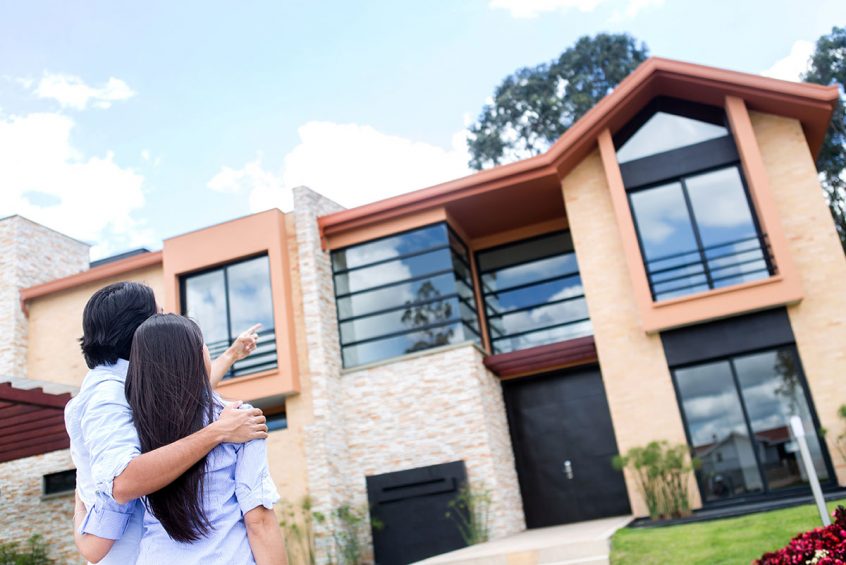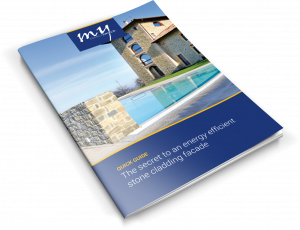New technologies and new materials have caused the need to a novel approach to facades, the envelopes of our buildings, and have resulted in major changes in the construction of buildings. Facades have become increasingly daring and carry an increasingly higher aesthetic value. Designing the house of our dreams, we embellish our facades with glass, stone and wood as well as with various colorful paints and finishes. However, the appearance of a building has very little to do with good indoor living quality. Especially so if the materials installed do not contribute to a satisfactory functional value. What can we do to make avoid mistakes?
Let us consider, for example, glass cladding. Indeed, glass performs excellently when it comes to supplying our indoor space with light and sun rays. Also, it protects us from rain and wind. On the other hand, glass claddings are not doing a good job in maintaining the desired hot or cool indoor temperature. On the contrary, glass cladding is subjecting us to temperature extremes that greatly deteriorate our indoor living conditions. What does this mean?
Simply – that neither paints and finishes nor glass or other modern cladding are automatically heat insulators. Regardless of the fact that we clad the external side of our building with a layer, this layer does not automatically contribute significantly to the quality of indoor living. We can compare this layer’s effect with wearing a winter coat in summer or taking a walk through snow in a t-shirt.
Paints, finishes, glass, stone and other modern cladding elements are not automatically thermal insulators. They enhance the aesthetic appearance of the house, but if left unprotected, they do not contribute to good indoor living quality.
Therefore, planning a façade is not only about its appearance. Rather, we should consider the facade as a system that will protect us from environmental influences. If we want to avoid the occurrence of thermal bridges, it is crucial that each element of the building’s envelope is properly executed.
While thermal bridges are often mistakenly associated with old buildings, typically built without thermal insulation, they can cause even worse problems in newer buildings. Even though these are, generally, well insulated, thermal bridges occur as a consequence of poor planning and badly implemented details, leaving us with lower energy efficiency. Additionally, thermal bridges also result in poor living conditions, as air moisture condenses on cold interiour surfaces and enables the growth of mold. This is especially true in buildings with airtight windows with no draft or natural ventilation.
Steps to a perfect facade
Today, it is hard to imagine a façade without thermal insulation, as the global trend of contemporary construction is heading in the direction of sustainable energy efficient buildings.
If renovating your façade is not an option due to financial or aesthetic reasons – cultural heritage, disagreeing neighbours -, a partial solution with applying thermal insulation from the inside is possible to improve a building’s energy efficiency. Unfortunately, we will have to take into account that this option will reduce our useful floor space.
Nevertheless, if you are planning to reconstruct your facade or construct a new building, you should carefully consider all your alternatives. Maximum cost saving and quality of indoor living can only be achieved with high-quality thermal insulation of our building’s envelope. This accomplished, you can embellish your façade with any cladding of your choice, perhaps with stone, thus achieving a much more aesthetic appearance of the building.

 +386 7 39 39 510
+386 7 39 39 510 advice@energyshield.biz
advice@energyshield.biz

